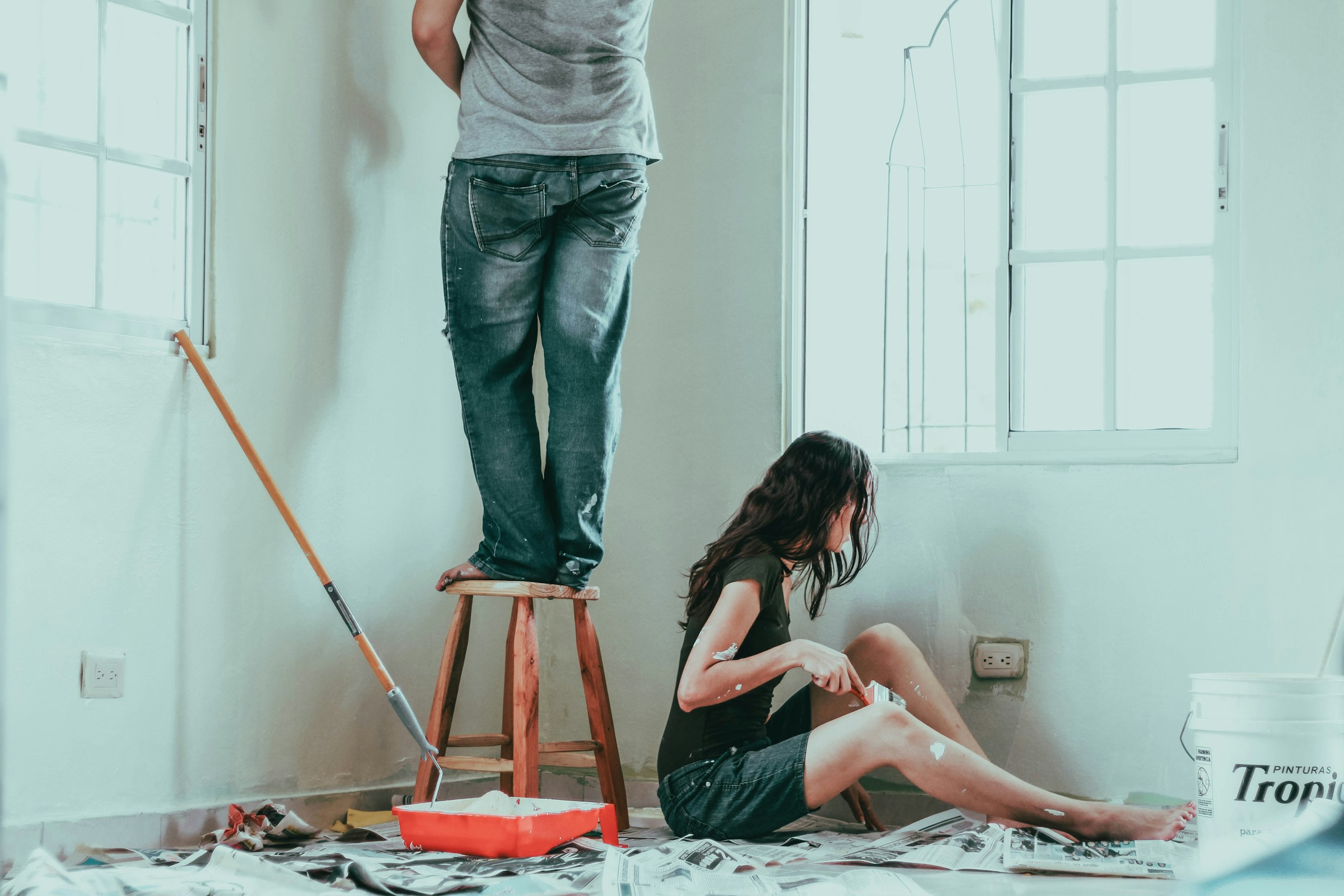Recovering from addiction means making some changes in your life as these positive shifts can make a difference when you’re trying to lead a healthy and sober lifestyle. For some people, it means cutting ties with toxic friends and befriending individuals who support their recovery journey. Meanwhile, others find that changing their environment can help them make a fresh start. People in recovery often have to cope with stress or anxiety, and redecorating one’s living spaces can help to ease negative feelings and emotions.
According to mental well-being expert Naomi Humber, the act of decorating can have a positive impact on one’s sense of self. Some individuals struggle with low self-esteem, which is why any activity that can boost their self-confidence can help them stay motivated throughout their addiction recovery process. Moreover, enhancing your interiors can lower depression and improve resilience, and it may even inspire you to live mindfully and make healthy life choices. To create a calming home to aid your recovery, here’s a guide to decorating for mindfulness.
Get Rid of Clutter
Most people in recovery want to experience change in a tangible way, so it’s not uncommon for individuals to move locations to start afresh. Moving can be stressful, so to avoid triggering anxiety or anger, make sure to plan a mindful house move to take care of your mental wellbeing. This involves doing mindful activities that can help you relax, such as taking breaks and going out to get some fresh air in between packing your belongings, or listening to your favorite songs while you pack and move. These mindfulness practices can make moving easier, and you will also find settling in a new place easier.
Meanwhile, if you choose to remain in your current residence, you can start creating a calming home by getting rid of clutter and all unnecessary items. Clutter and mental health are linked– in fact, a study found that women who had more clutter in their houses had higher levels of the stress hormone cortisol compared to women who had less clutter. Moreover, a different study shows that being in a stressful or chaotic environment can trigger people to engage in unhealthy behaviors, and this is something that you need to avoid when you’re working towards sobriety. To make the task less overwhelming, start by clearing out clutter from one area of your home, such as your bedroom, before moving on to other rooms. Once you’ve reduced the number of items in your living space, you can start deep cleaning, which can help to improve your focus and lift your mood.
Use Pale Colors and Neutrals to Decorate
Using a calming color palette is one of the most effective ways to create a tranquil and mindful home. Think subdued greens like mint, sage, or marsh fern, quiet purples like French lilac, soft pinks like pale primrose, soothing blues like ice blue, and neutrals such as toffee, tan, or beige. All of these colors create a relaxing atmosphere, quiets the mind, and promotes peace and meditation. For the easiest way to transform your home, paint your walls in neutral shades, then choose three pale colors and add accessories and decorative items in these shades.
Add Natural Elements
Bringing the outdoors in can further enhance the serenity of your home. Apart from that, the presence of nature can also reduce stress and triggers for those in addiction recovery, so why not incorporate some natural elements into your living spaces? Consider placing some indoor plants in your living room, kitchen, bedroom, and bathroom to infuse calm into your home. Some of the best plants that relieve stress and promote relaxation include snake plants, lavender, peace lilies, and moth orchids, so visit your local nursery or a plant shop to get these plants for your abode.
To have several natural elements in one decorative piece, try displaying a mini Japanese Zen garden on top of your coffee table. This is basically a deep tray that contains sand, stones, pebbles, and miniature plants, and you rake patterns into the sand and rearrange the stones to unwind. You can buy a kit, or make one yourself if you want to save some money.
Decorating your living space allows you to create a peaceful haven where you can work on your recovery. Consider these tips to have a mindful, relaxing, and happier home to help improve your wellbeing.







